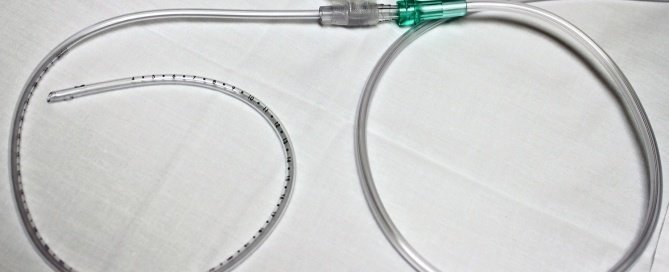Book an Appointment
Learn how Regen Doctor is assisting patients in living life to the fullest.
"*" indicates required fields
Chronic or post-operative pain that becomes intractable or unmanageable makes life an extraordinary challenge. Not being able to carry out the simplest tasks due to chronic pain makes each day harder than the next. Catheter nerve blocks can help when other treatments have been unsuccessful. Here’s what you should know about this approach.
Catheter nerve blocks are effective in treating all types of pain, especially pain that is chronic or unresponsive to more conservative treatments. For this procedure, a small catheter is placed under the skin near the peripheral nerve that is responsible for the pain. This catheter provides a continuous supply of an analgesic medication.
Also known as continuous peripheral nerve blocks, this treatment option can bring profound pain relief.
Although there are many common conditions where continuous catheter blocks can help, they are most often useful for:
Research has shown that people who have catheter nerve blocks for their intractable pain have higher levels of pain relief and fewer side effects than with other chronic pain treatments.
A catheter nerve block is also an excellent pain treatment option when patients cannot tolerate anesthesia, do not want to take pain medications, or who do not tolerate pain medications in general.
This procedure is also recognized as safe and effective for pediatric pain patients and can reduce or eliminate the need for post-surgical oral opioid medications.
After a consultation that includes a complete physical exam and medical history, your doctor will explain the catheter nerve block procedure and answer any questions you have.
The procedure is generally done with only local anesthetic, but your doctor may suggest IV sedation if you are concerned about pain during the placement of the catheter.
You will be positioned on the examination table to best access the nerves being blocked. Using ultrasound guidance, your doctor will insert a hollow needle next to the targeted nerve. Once the needle is in place, your doctor will advance a catheter through the needle into the correct location. The needle is removed, but the catheter remains in place. They’ll tape the catheter to your skin with a bandage and liquid adhesive to keep it secure. The placement of catheters typically takes less than 15 minutes.
Medication is stored in a small container, typically the size of a softball. This container attaches to the catheter and is kept in a carrying pouch that you wear or carry on the body. This provides a constant stream of a local anesthetic and other medications to the source of pain.
Catheters typically remain in place for five to seven days, but every pain treatment is different.

Although this is a low-risk, outpatient procedure, there are potential risks any time the skin is punctured and nerves are involved. Risks include:
Many of these risks can be further minimized by the use of ultrasound guidance for needle placement.
After your catheter nerve block, rest for 24 hours. Have a friend or family member drive you home from the procedure. Avoid strenuous activity after. If you have had a catheter nerve block in conjunction with another surgery, follow all of your doctor’s recovery instructions, including those concerning medications for additional pain or infection.
You can eat and drink as normal. Most people can continue with regular medications the same day. This may vary if you have received IV sedation, so talk with your doctor if you have questions.
You may experience numbness in your extremities right after the procedure, but this should wear off. If the numbness persists, you may need your doctor to adjust your medication.
While the catheter site is healing, it is important to keep it dry and clean so an infection does not occur. There may be some drainage at the site. However, redness, heat, or swelling are signs of infection. Call your doctor if you experience any of those symptoms, or if you develop fever or a general feeling of being unwell.
Take care to not dislodge your catheter. Call your doctor if this occurs.
If you have any questions or are simply looking for more information please contact us and our friendly team will be happy to answer your questions and help in any way we can.

"*" indicates required fields
"*" indicates required fields